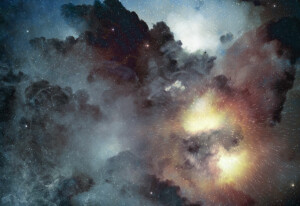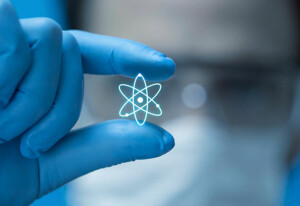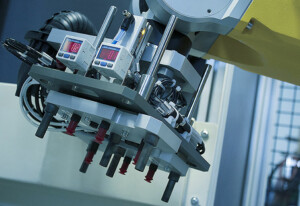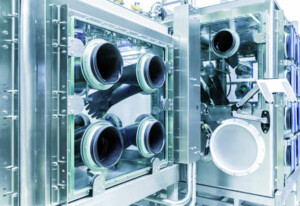Composition of nuclear material
Determine the nature of radioactive substances in a container

Analyze to manage better
Materials and waste containers may be controlled to determine their exact composition. It is for instance the case of legacy waste. Not knowing their initial nature and evolution with time leads to strong uncertainties about their composition. Our solutions based on non-destructive methods can be used alone or combined, depending on the radionuclides and other existing materials.
-
Gamma Ray Spectrometry

It is by far the most used method to identify radionuclides and determine their concentration. To improve its accuracy and overcome some of its limits, it can be combined with calorimetry and neutron counting.
-
Calorimetry

Calorimetry exploits the heat released during radioactive material decay. Its measurement is global thus non-specific to an isotope. Therefore, it applies when the composition is simple or when it is combined with gamma spectrometry.
-
Neutron Counting

Neutron counting helps or replaces gamma spectrometry, especially in the presence of high intensity gamma emitters or of dense objects and matrices.
-
Software

Composition measurements by the above mentioned methods are programmed, recorded, and processed by our software, which is both functional and versatile.
-
Automation

For safety, ergonomics or measurement productivity reasons, quantification can be automated with conveyors, rotating plates, auto-samplers, robots or cobots.
-
Integration in nuclear environments

If specific handling constraints are required, the solutions can be adapted to be used in gloveboxes of hot cells.